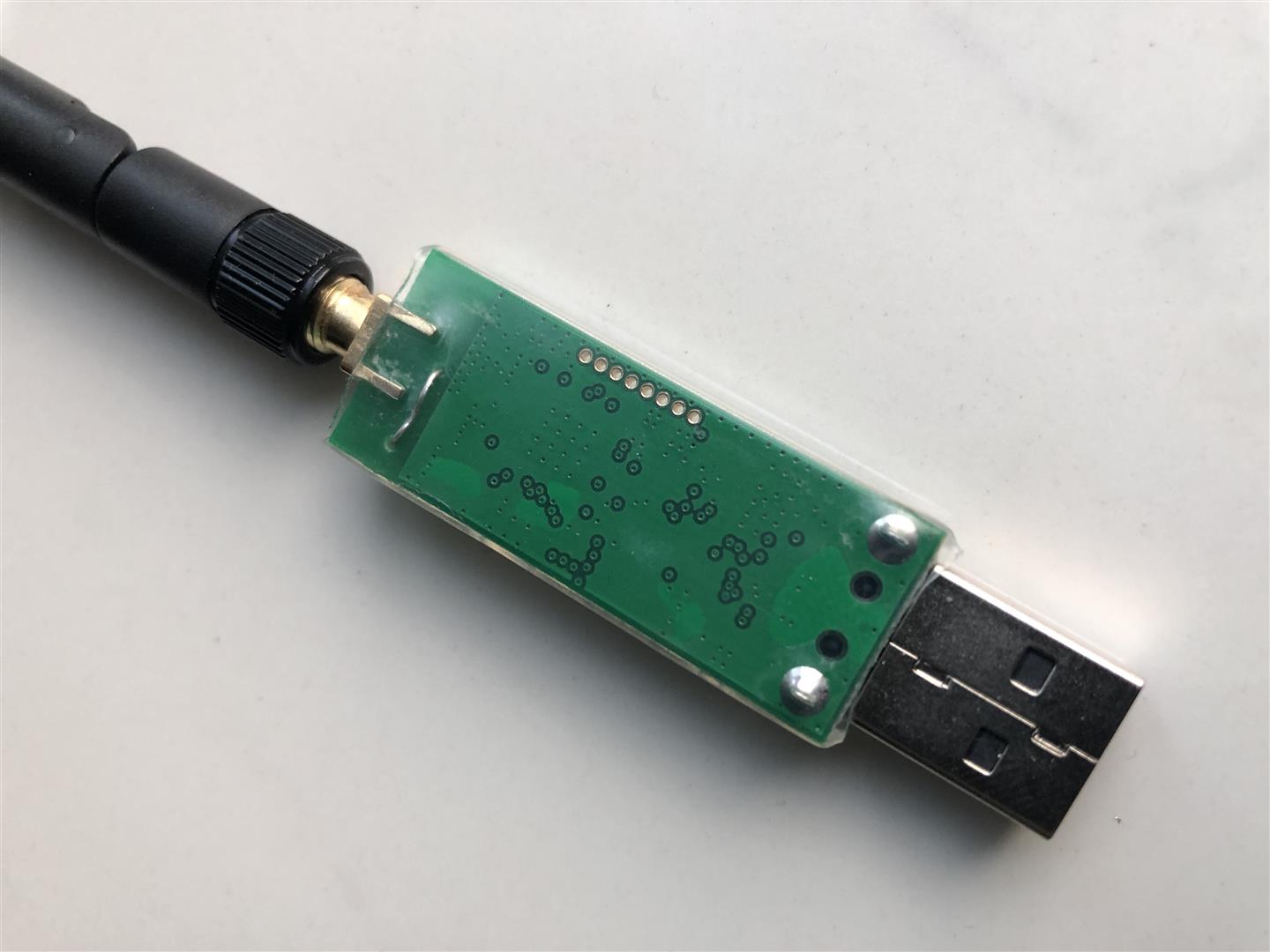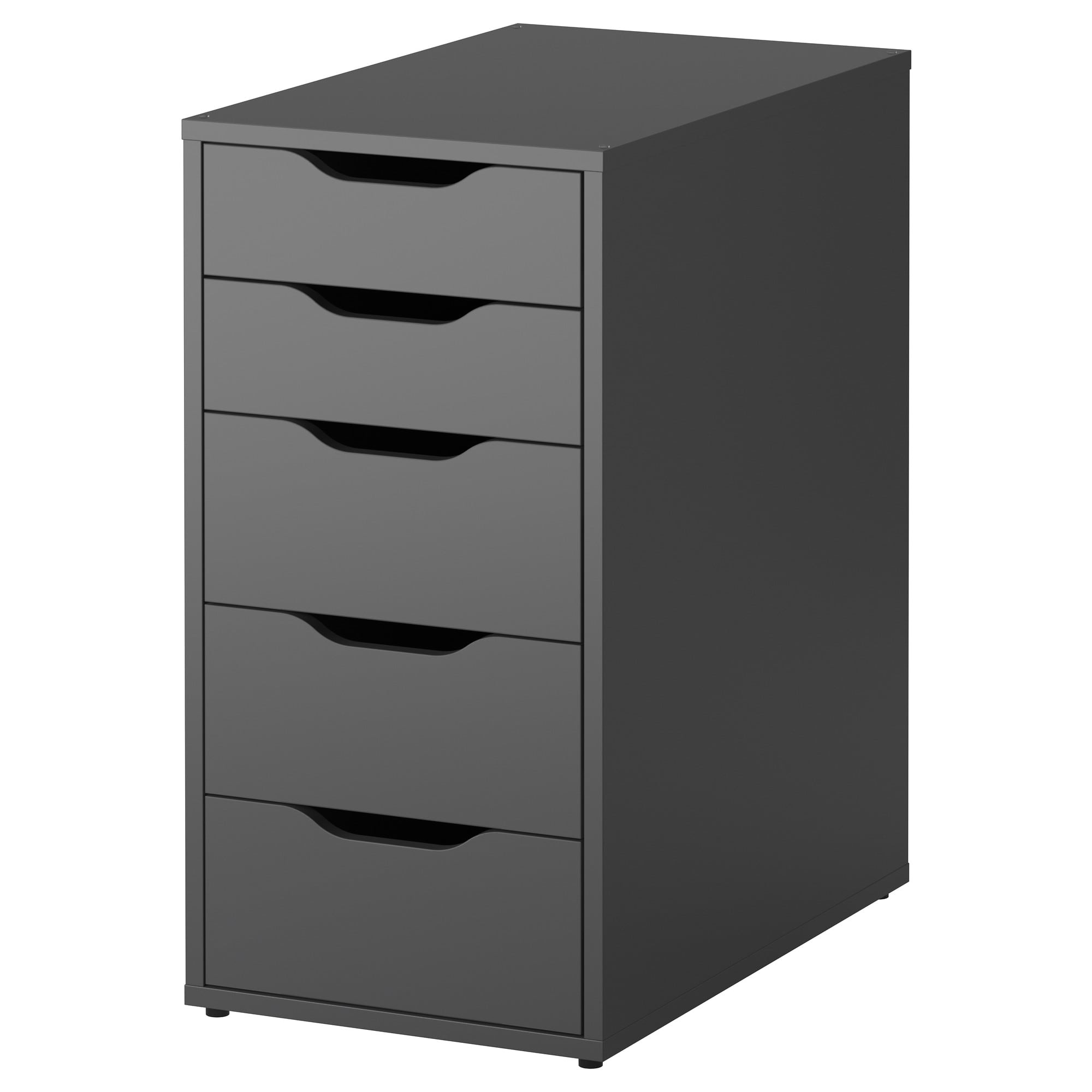

In 1976, he wrote The Testament of a Furniture Dealer that describes and reinforces the IKEA culture. Ingvar took two steps to make sure the original spirit of IKEA remained: By the mid-1970s, the business had expanded outside Sweden and employed several thousand co-workers. The more the business grew, the more important it became for all new co-workers to become part of the IKEA culture. Growing IKEA and keeping the culture strong After all, IKEA was for people like themselves. Most of the co-workers came from Småland, and they understood Ingvar’s idea of serving the many. A handful of pioneers became a few dozen, which then became a few hundred. The circle of co-workers grew slowly but steadily with other local people, who shared the same spirit and liked to work together. Giving one another a hug now and then when we’d done something good.” “ And I can’t tell you how important that special family feeling was. “ We had a lot of fun together,” said Anna-Greta Bolö, one of the first co-workers at Elmtaryd in the early 1950s. In the spirit of “using what’s available,” he engaged friends and family as his first co-workers. In 1943 he turned 17 and registered his firm as IKEA (an abbreviation of Ingvar Kamprad, Elmtaryd, Agunnaryd). Ingvar Kamprad started his business on a very small scale on the farm Elmtaryd in the village of Agunnaryd. The old Swedish encyclopaedia Nordisk familjebok said: “ The Smålandian is by nature awake and smart, diligent and hard-working yet compliant, cunning and crafty, which gives them the advantage of being able to move through life with little means.” Its people got the reputation for being thrifty and innovative with a straightforward approach to problem-solving - especially when it came to business challenges. Småland became known for its high level of entrepreneurship. The IKEA key values of togetherness, renew and improve, and cost-consciousness grew from this background.
Ikea calex how to#
Above all, they learned how to work hard together to survive and make progress. They learned to do it “here and now.” They learned to use the scarce resources and make the best out of them. Smålanders learned to find practical and sometimes unconventional solutions to the many problems of daily life. The mass emigration tells us more about how miserable Småland was than how promising the USA seemed.īut tough conditions are the most fertile soil for creativity and ingenuity. Imagine leaving behind everything and everyone you know for the complete unknown. In some parishes in Småland as many as 80 percent left their homeland. Between 18, over a third of the Swedish population emigrated to America.

Småland is a harsh and stony region that has left its marks on the area’s culture. The Smålandish environment and culture is built into the IKEA way of doing things and is the basis of the IKEA culture and values. IKEA and Ingvar were both born in Småland in southern Sweden. But our culture is influenced by a history that goes further back. The characteristics of that area and its people have played a big part in making us who and what we are today. Our roots are in the region of Småland in southern Sweden. Our heritage – our history has shaped who we are Our Småland rootsĮvery family has its roots.


 0 kommentar(er)
0 kommentar(er)
